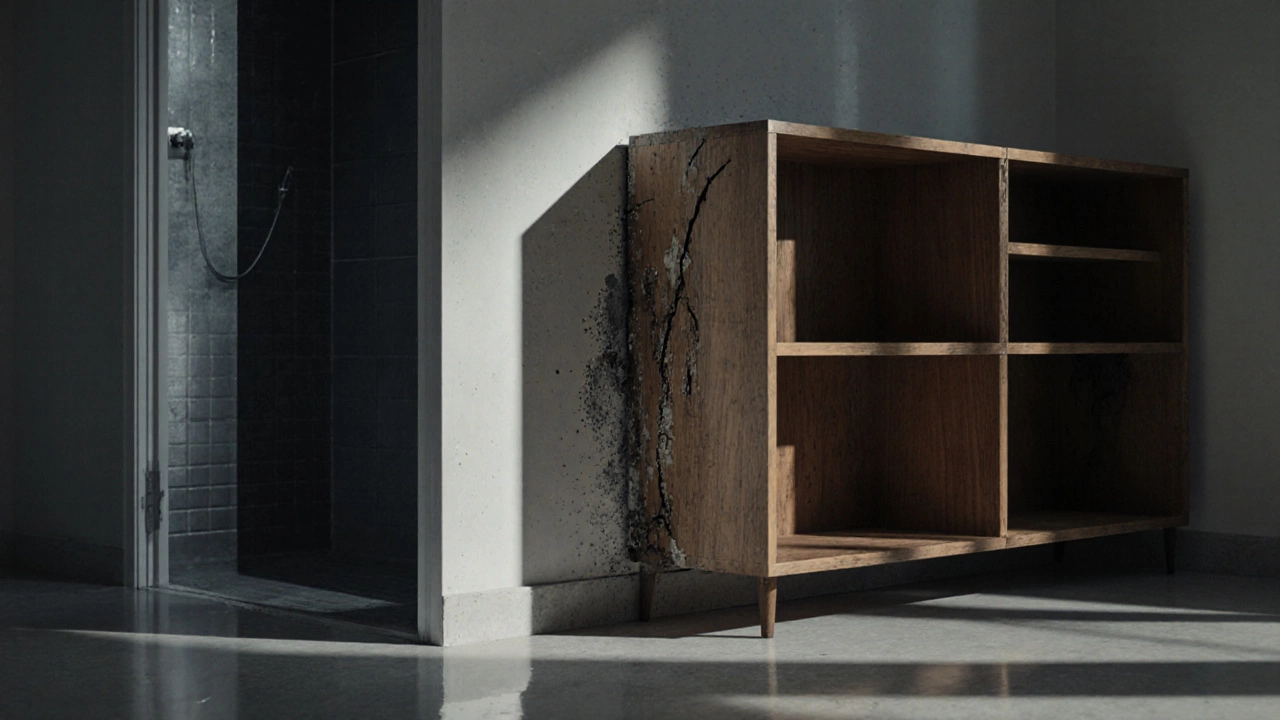Bookshelf Placement: Smart Ways to Position Shelves for Style & Function
When working with bookshelf placement, the art of positioning a shelf to balance aesthetics, accessibility, and space efficiency. Also known as bookshelf positioning, it helps you turn an empty wall into a functional focal point that showcases décor while keeping items within reach. Effective furniture arrangement, the broader practice of organizing all pieces in a room relies on solid living room layout, the floor‑plan blueprint that defines traffic flow and visual zones. And you can’t ignore storage solutions, the tools and systems that keep belongings tidy and accessible because they directly shape where a bookshelf can sit without crowding the space. In short, bookshelf placement encompasses room planning, demands thoughtful furniture arrangement, and is influenced by storage needs – a trio of decisions that make any room feel both organized and inviting.
Why Shelf Position Matters in Every Room
First, think about eye level. Most people glance at shelves from a standing height of about 57‑60 inches, so placing the core of your collection at that range makes titles easy to read and décor pieces visible. If the shelf sits too low, it becomes a tripping hazard; too high, and you’ll strain to reach. Second, consider traffic flow. A bookshelf placed directly in a pathway forces people to detour, breaking the natural rhythm of a room. Instead, align the unit against a wall that backs a seating area or near a natural pause point, like a window sill. Third, match the shelf’s style to the room’s vibe. A sleek bamboo shelf blends seamlessly with a minimalist living room, while a tiger‑striped frame adds drama to a boho setting. These choices echo the themes from our posts on eco‑friendly bamboo furniture and vibrant tiger‑inspired designs, reinforcing a cohesive look.
Third, think about multi‑functionality. Pairing a bookshelf with a TV wall mount can free up floor space, but you’ll need to respect the optimal TV height (eye level when seated) to avoid neck strain – a tip we cover in our guide on TV wall mount height. Likewise, using a bookshelf as a room divider can define zones in an open‑plan layout, echoing the corner‑sofa placement strategies we discuss elsewhere. Finally, remember the weight load. Heavy books demand sturdy brackets, and the wall type (brick, drywall, stud) dictates the fasteners you’ll use. Proper anchoring ensures safety and longevity, just like the care tips for garden furniture keep outdoor pieces standing strong.
By balancing these factors, you turn a simple shelf into a design anchor that supports both function and flair. Whether you’re curating a reading nook, showcasing collectibles, or adding hidden storage, the right placement makes the difference between a cluttered wall and a curated gallery.
Below you’ll find a hand‑picked collection of articles that dive deeper into each of these ideas – from timing your furniture purchases to styling corner sofas, from protecting outdoor pieces to choosing the perfect TV stand size. Use these resources to fine‑tune your own bookshelf placement strategy and create a room that works beautifully for you.
Top Mistakes: Where Not to Put Your Bookshelves
Learn where NOT to put bookshelves, why those spots cause damage, and how to choose the perfect, safe location for lasting style.
View more